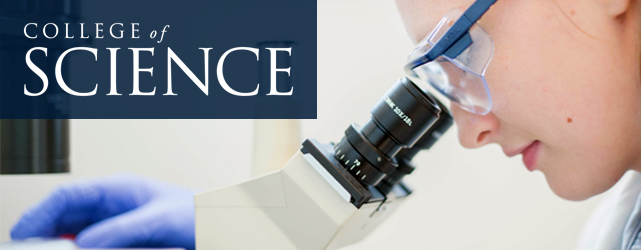Document Type
Article
Journal/Book Title/Conference
Nature Communications
Author ORCID Identifier
Haley E. Randolph https://orcid.org/0000-0003-2044-1180
Justin Bélair https://orcid.org/0000-0002-4219-1824
Michael Hultström https://orcid.org/0000-0003-4675-1099
Julia Niessl https://orcid.org/0000-0001-8852-1924
Nathalie Brassard https://orcid.org/0000-0002-4320-9416
Gérémy Sannier https://orcid.org/0000-0001-7956-4463
Amanda Marks https://orcid.org/0000-0002-3961-8831
Hugo Zeberg https://orcid.org/0000-0001-7118-1249
Miklos Lipcsey https://orcid.org/0000-0002-1976-4129
Robert Frithiof https://orcid.org/0000-0003-2278-7951
Anders Larsson https://orcid.org/0000-0003-3161-0402
Sirui Zhou https://orcid.org/0000-0003-4963-0815
Tomoko Nakanishi https://orcid.org/0000-0001-9510-5646
David Morrison https://orcid.org/0000-0001-8380-3615
Dani Vezina https://orcid.org/0000-0002-0780-8593
Catherine Larochelle https://orcid.org/0000-0002-8724-4782
Alexandre Prat https://orcid.org/0000-0001-6188-0580
Janet L. Cunningham https://orcid.org/0000-0001-7876-7779
Nathalie Arbour https://orcid.org/0000-0002-3718-1584
J. Brent Richards https://orcid.org/0000-0002-3746-9086
Nicolas Chomont https://orcid.org/0000-0001-9747-5018
Luis Barreiro https://orcid.org/0000-0001-9456-367X
Guy Wolf https://orcid.org/0000-0002-6740-059X
Daniel E. Kaufmann https://orcid.org/0000-0003-4467-136X
Volume
15
Publisher
Nature Publishing Group
Publication Date
5-16-2024
First Page
1
Last Page
19
Abstract
Plasma RNAemia, delayed antibody responses and inflammation predict COVID-19 outcomes, but the mechanisms underlying these immunovirological patterns are poorly understood. We profile 782 longitudinal plasma samples from 318 hospitalized patients with COVID-19. Integrated analysis using k-means reveals four patient clusters in a discovery cohort: mechanically ventilated critically-ill cases are subdivided into good prognosis and high-fatality clusters (reproduced in a validation cohort), while non-critical survivors segregate into high and low early antibody responders. Only the high-fatality cluster is enriched for transcriptomic signatures associated with COVID-19 severity, and each cluster has distinct RBD-specific antibody elicitation kinetics. Both critical and non-critical clusters with delayed antibody responses exhibit sustained IFN signatures, which negatively correlate with contemporaneous RBD-specific IgG levels and absolute SARS-CoV-2-specific B and CD4+ T cell frequencies. These data suggest that the “Interferon paradox” previously described in murine LCMV models is operative in COVID-19, with excessive IFN signaling delaying development of adaptive virus-specific immunity.
Recommended Citation
Brunet-Ratnasingham, E., Morin, S., Randolph, H.E. et al. Sustained IFN signaling is associated with delayed development of SARS-CoV-2-specific immunity. Nat Commun 15, 4177 (2024). https://doi.org/10.1038/s41467-024-48556-y


